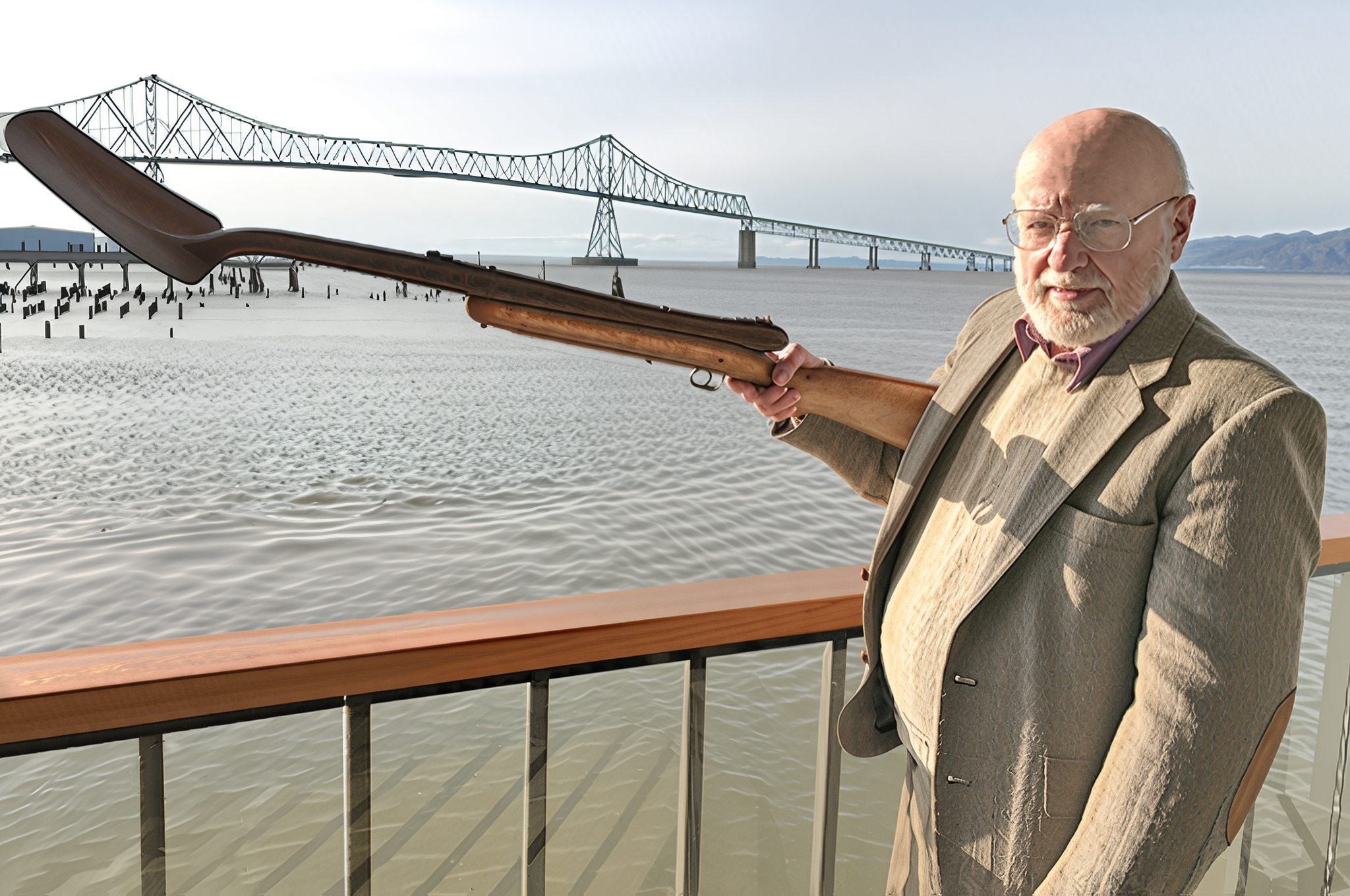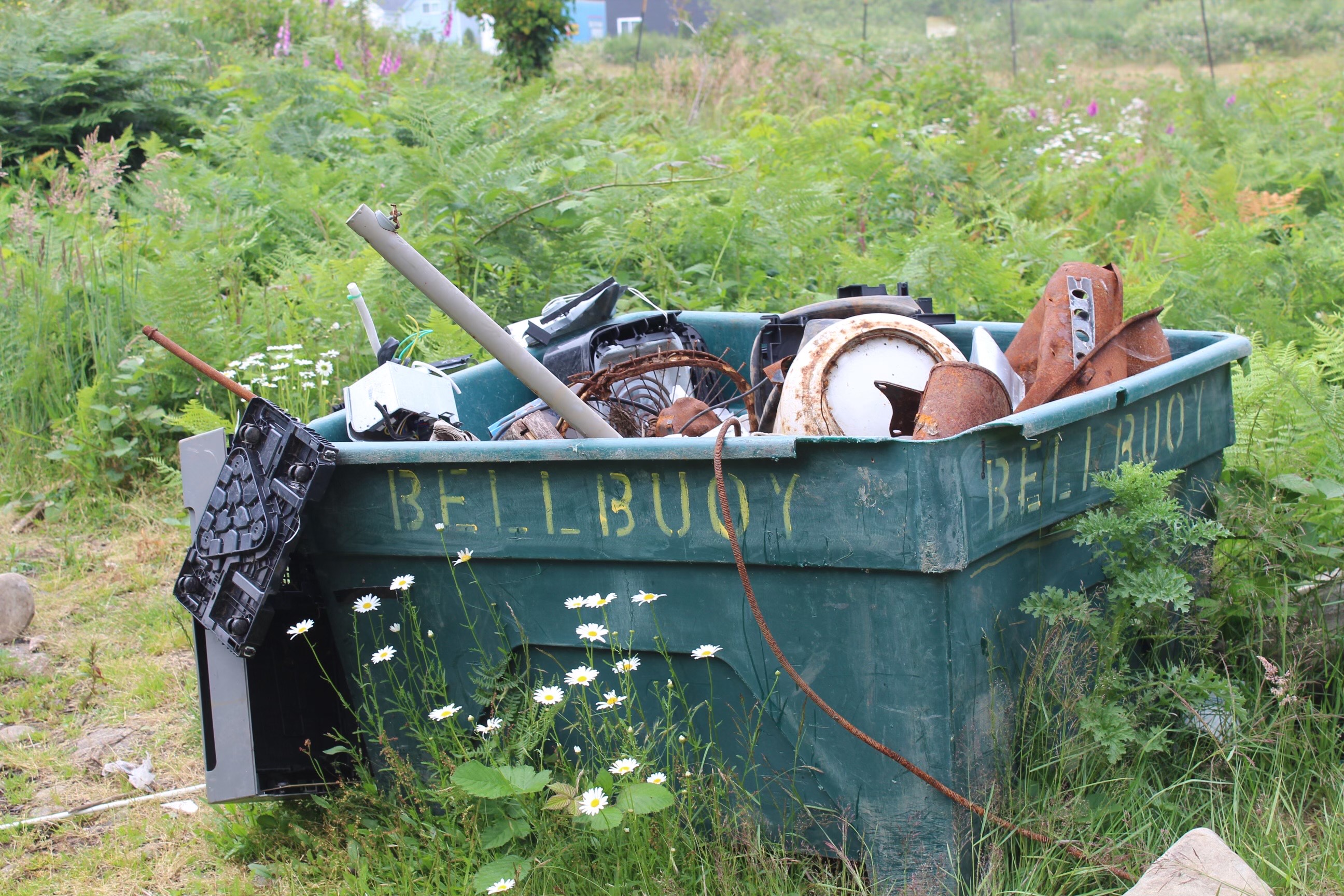Busy fall transitions into a season for planning
Published 5:29 am Friday, November 16, 2018
My favorite meteorologist, the somewhat iconoclastic Dr. Cliff Mass at the University of Washington, has observed that our region’s “winter” actually begins around the start of November and typically ends about two-thirds of the way through February. To elaborate, some of our worst weather hits in November and December, while by Valentine’s Day or a little later, there is little chance for really horrific storms.
As I write this, the sky is overcast but the week has been outstanding. CRBJ’s day of publication also is supposed to be fairly nice. So it’s possible this year will mark an exception, and our pleasant autumn will linger into a time when we might usually be pounded by sideways rain.
It’s hard to say how much of it is because of sunny days and how much due to a booming regional economy, but October business activity sometimes seemed to be a continuation of summer. Tourism remained quite strong, while the Columbia-Pacific area remains in the midst of a satisfying upsurge in building construction.
A combined million people have been added to the population of western Washington and Oregon just since 2010. Tourism swelling into what used to be the “shoulder” and off-seasons can partly be explained by visitors from the ever-more-crowded Interstate 5 corridor seeking out adventure, good food and open spaces here on the coast. The importance of local, state and national investment in assets including parks, museums and trails also can’t be understated. To an impressive extent, we have crafted a positive destiny by paying appropriate attention to celebrating our history, heritage and scenery.
The years following the housing crash were an awful time for contractors, as much so here as elsewhere. Somehow or other, many local firms did hobble through the depression, and have emerged now to begin addressing the need for more dwellings for present and future residents. Finding skilled labor is an obvious and serious constraint. Many got out of the building trades during the hard times, and in some cases it takes years to rebuild those vital human assets.
A functional housing market dovetails with a functional labor market. Our communities and counties must continue working to facilitate housing for all income levels. In some cases, this will require overcoming “not in my backyard” attitudes that have scuttled some plausible development proposals. This doesn’t mean rubber-stamping every new subdivision and apartment complex. But it will inevitably mean finding creative and acceptable ways to accommodate additional residents in the Columbia-Pacific’s constrained inventory of buildable lands — hemmed in as we are by industrial and state forests, water bodies, wetlands, and areas prone to landslides and flooding. A handful of people shouldn’t have veto power over proposals for necessary dwellings on the fraction of land that is left.
It used to be that the resort communities of Clatsop and Pacific counties came to a virtual standstill after Labor Day. Some businesses closed until spring break. Nowadays, we have neither the luxury nor necessity to completely turn our backs on economic opportunities, no matter the season. However, wintertime still provides a time for a breather and contemplation. It’s a season to regroup a bit and consider how best to adjust to living in a popular place in a time of growth.
If we’re smart about it, we will keep coming up with ways to preserve what we cherish while making sure there are jobs and houses for everyone with ambition.









